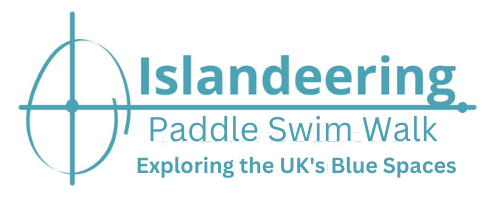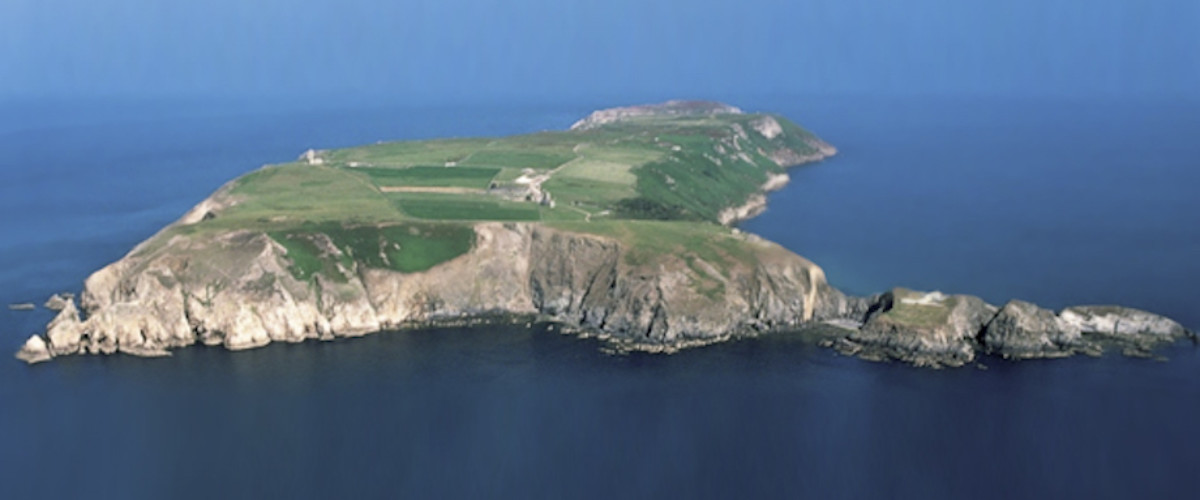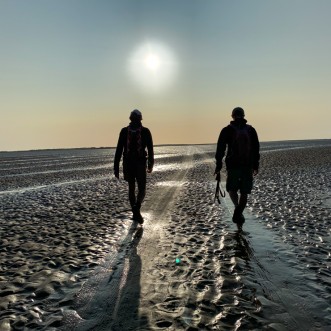Understanding the technicalities of ownership and access to the islands of the British Isles is a lifetime’s work in itself. If you are new to getting off the beaten track and are planning a few of the wilder islands then this article aims to help you understand your rights. All of the islands in this project are accessible and the following information will help you plan your islandeering trips.
Basically, across the UK you can walk on all public rights of way and cycle on all bridleways, restricted byways and byways. Things start to differ though between the rules for England and Wales and those of Scotland when it comes to the right to roam. The other point to mention, since many of the routes for this project follow the foreshore, is that there are also rules to accessing the foreshore the knowledge of which will help the islandeer.
England and Wales: the right to roam
‘Rights of Way and Accessing Land’ outlines our right to roam on open access land including mountains, moors, heaths and downs that are privately owned. It also includes common land registered with the local council and some land around the England Coastal Path (see below).
In England and Wales open access land is mapped and appears as a yellow wash on OS Maps 1:25000. Have a look at a recent national park in England and Wales, for example, on any one of your maps and you’ll see the markings. You can also search for open access land using Natural England’s Countryside and Rights of Way and Coastal Access Map (see useful links).
In England and Wales we do not have a right to roam on excepted land, or private land, for example houses and buildings, cropland, building sites, parks and gardens, golf courses and racecourses, railways or quarries – where the only permitted route to cross is using public rights of way.
A relatively new addition to access rights in England is the England Coast Path – a new National Trail around England’s coast, including some islands. Natural England expects to complete work on the England Coast Path in 2020. As part of this work a ‘coastal margin’ is being identified. The margin includes all land between the trail and the sea and, within this coastal margin, you’ll usually have new rights to roam. Again there will be excepted areas for cropped land or buildings and their courtyards or gardens and areas not suitable for public access, such as a saltmarsh or mudflat. Other parts of the coastal margin may be steep, unstable and not safe to access so you must take care of your own safety and look out for local notices
Scotland: the right to roam
In Scotland we have the right to access all land unless it’s around a private house or building.
The Scottish islands do have a few peculiarities though due to ownership and stalking and shooting activities on the islands. Particular advice can be found on access to the Scottish Islands from Outdoor Access Scotland.
Access to the foreshore in the UK
For some of the islands, the route is solely around the foreshore which in the UK is defined as the area of the shore between the high and low water marks of ordinary spring tides. For much of the foreshore in the UK, owned by the Crown Estate, there is no issue with access. Where the Crown Estate doesn’t own the foreshore you will need to scratch about a bit to understand you rights. The following is a guide.
The Crown Estate
The Crown Estate manages around half of the foreshore around the UK coastline. It gives a “general permissive consent” for “non-commercial public access along the foreshore” it controls.
Non-Crown Estate
The remaining ownership of the UK’s foreshore include the Duchies of Cornwall and Lancaster, Local Authorities, port authorities, statutory bodies, RSPB, National Trust, MOD, other government departments and some is also owned privately. Here is some guidance for the following types of island ownership:
- Privately owned islands and foreshores– this could be an individual landowner or a commercial operation, such as a hotel or sporting venue. In England and Wales, a private island means a private island and there is no access unless granted by the owner. In Scotland, with the exception of Orkney and Shetland, we still have a right.
In Orkney and Shetland a system of law still exists known as Udal law. This derives from the Norse legal system which applied in the islands when they were part of the Norwegian Kingdom. Unlike the position in the rest of Scotland, under Udal law the Crown has no prior rights to the foreshore, therefore the presumption is that the foreshore is owned by the proprietor of the adjoining udal title.
As a result there is no absolute right of access to the inter-tidal zone in Orkney (or Shetland). However traditionally no one objects to folk going along the shore. If in doubt it is always polite to ask.
Overall, on privately owned land in Scotland we generally have a right to roam but it is still always polite to get permission and note that charges and restriction due to wildlife and stalking may apply.
- Conservation charities – many islands are owned by the likes of the RSPB, National Trust and numerous wildlife trusts. Generally, they put the welfare of the special birds, places and beasties that live on them ahead of welcoming people onto the island. If they are open to the public, they usually have visiting times restricted by the key seasons for the wildlife and oftentimes charges do apply.
- Ministry of Defence – the MoD manages a number of islands. The general rule is that visiting is prohibited with the exception of a few that have restricted and controlled opening arrangements. On the whole the MoD islands that are open require that you leave name, address and contact details at the control gates before you start the walk
- Port Authorities – on the whole access to foreshore areas close to ports is prohibited.
All of the islands in this project are possible to access we just thought you’d find it useful to know your access rights.
Useful links
Countryside Code (2004) https://www.gov.uk/government/publications/the-countryside-code
Rights of Way and Accessing Lane https://www.gov.uk/right-of-way-open-access-land/use-your-right-to-roam.
http://www.openaccess.naturalengland.org.uk/wps/portal/oasys/maps/MapSearch
England Coast Path: improving public access to the coast https://www.gov.uk/government/collections/england-coast-path-improving-public-access-to-the-coast
Scottish Outdoors Access Code https://www.outdooraccess-scotland.scot
Access and contact details for Scottish Islands https://www.outdooraccess-scotland.scot/sites/default/files/2018-09/HFTSH%20-Table%20Area%201%20-%20Islands.pdf



A well researched and useful article. Thank you.